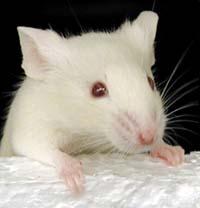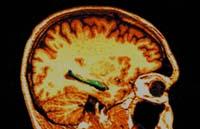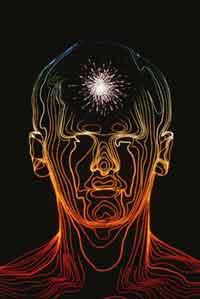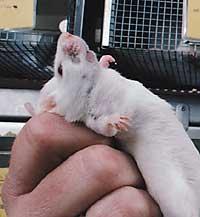Dèjá-vu, the feeling of having already seen
2008/01/30 Galarraga Aiestaran, Ana - Elhuyar Zientzia

Émile Boirac, parapsychologist and French promoter of Esperanto, gave name to this feeling in the XIX. At the end of the 20th century, and since then, they have analysed ’ from experts in various disciplines: psychologists, neurologists, parapsychologists, visionaries... Apparently, since this is such a curious phenomenon, pseudoscientists have also wanted to give an explanation.
However, science has also been concerned about it, and although it does not have a simple explanation, researchers increasingly know the mechanism that generates that feeling. Neurologist Susumu Tonegawa of the Massachusetts Institute of Technology (MIT) has led the latest published research. Tonegawa, Nobel Prize in Physiology or Medicine in 1987, has been studying the participation of hippocampus in memory for more than ten years.
The hippocampus is a part of the brain that is related, among other things, to episodic memory. Episodic memory creates memories of times, places, and events known to experience. Well, according to research conducted by Tonegawa, it seems that the dèjá-vu sensation is due to a hippocampus error. He has also clarified in what part of the hippocampus error occurs, which is the part that separates similar but different places and experiences.
In addition to unraveling the essence of this strange feeling, research can open up new ways to help those who suffer losses in episodic memory from diseases such as age or Alzheimer's.
Mutant mice Mutant mice

To reach these conclusions, the Tonegawa team has used mutant mice, genetically modified mice. Mice were blocked by the gene corresponding to key receptors in learning and memory (NMDA receptors), comparing their behavior with the most common mouse.
In the experiment, the two types of mouse were placed in a box. Kutxa had a metallic floor and after a time to get used to the place and create the memory of the place, they were given a small electric discharge in the legs across the floor.
The next day they were placed first in the same box on the eve and then carried to a similar box. The other was almost the same, but had a different smell, and the appearance of the ceiling and soil material were slightly different.
As they got into the first box, and remembering the electric shock, all the mice started to vibrate with fear. When they were taken to the second box, normal mice were reassured, but mutants did not, mutants were also scared there.

According to Tonegawa, mutant mice were not able to separate the two boxes. When the boxes are very different, all the mice realize the difference, but if they are similar, the mutant mice do not realize. To show it better electrodes were placed to the mice and the activity of the hippocampus was studied in depth.
It seems, therefore, that the dèjá-vu sensation occurs when in the past we have been in a similar place or have lived a similar experience and in the present we have difficulties to become aware of these differences.
With this study, they have also shown that the functioning of the gene corresponding to NMDA is fundamental to differentiate memories from similar but different experiences. They consider that research can help people with losses in episodic memory from diseases such as age or Alzheimer's.
Published in Zazpika

Gai honi buruzko eduki gehiago
Elhuyarrek garatutako teknologia






